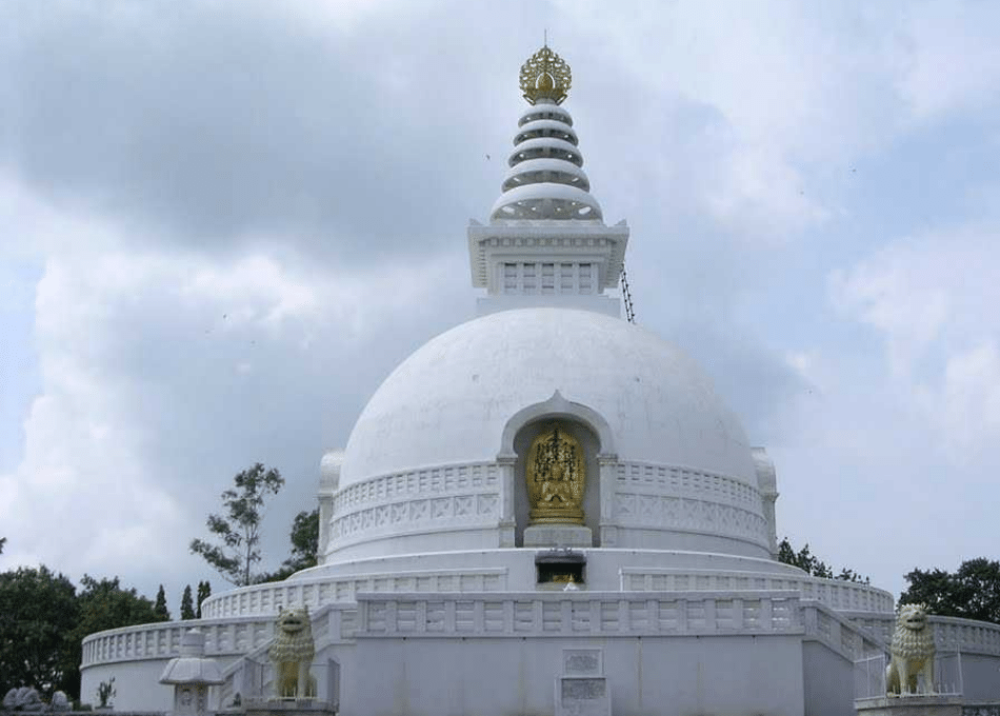

Rameshwar Kund, located in the historical city of Munger in Bihar, is an ancient and revered pilgrimage site. The Kund, which is essentially a tank or reservoir, is associated with numerous mythological stories and is a significant part of India's religious tourism scene. It is situated on the banks of the Ganges and has been a place of worship for centuries.
The region of Munger is rich in history and culture, dating back to the Vedic times. Rameshwar Kund is believed to have been consecrated by Lord Rama, an incarnation of the Hindu deity Vishnu, hence the name — ‘Rameshwar’. According to popular belief, while returning from his victorious campaign in Lanka, Lord Rama stopped here to worship Lord Shiva to absolve sins that were committed during the war.
Local folklore suggests that Lord Rama aimed an arrow into the earth from where the water sprouted to form the present-day Kund. Over the years, this Kund became a sacred spot attracting pilgrims from different parts of the country, particularly during auspicious days, to take a holy dip believed to purify the body and soul.
In the early days, Rameshwar Kund drew primarily the devout and scholars interested in Hindu mythology. It was not until recent decades that efforts were made to promote Rameshwar Kund as a tourist destination. The area around the Kund has seen developments, such as the establishment of temples, guesthouses, and other facilities to cater to the needs of the visitors.
Cultural Tourism: The trend of experiencing and engaging with places of traditional and cultural significance has influenced the influx of visitors to Rameshwar Kund. Festivals and religious ceremonies held here have become a prominent attraction.
Eco-Tourism: With increased awareness of sustainability, there is a significant inclination towards eco-friendly travel. Efforts are being made to maintain the sanctity and cleanliness of the Kund, avoiding practices that may harm the environment.
Digital Influence: With the advent of the internet, Rameshwar Kund has received wider recognition. Tourists now often gain knowledge about such destinations through social media and travel blogs, which contribute to the growing popularity of the site.
Visitors to Rameshwar Kund can combine their pilgrimage with a visit to other historical sites in Munger, like the Munger Fort, which is a place of significant historical and architectural interest. The best time to visit Rameshwar Kund is during the winter months when the weather is pleasant.
Accessibility to the region has improved with better roads, local transport, and the nearest railway station in Munger city. This connectivity has facilitated greater tourist movement and interest in destinations like Rameshwar Kund that once were off the beaten track.
In conclusion, the tourism history of Rameshwar Kund is deeply intertwined with India's spiritual heritage. As travel trends evolve and new generations seek unique experiences, Rameshwar Kund continues to offer a blend of sacred practices and natural beauty that attracts a diverse group of visitors each year.